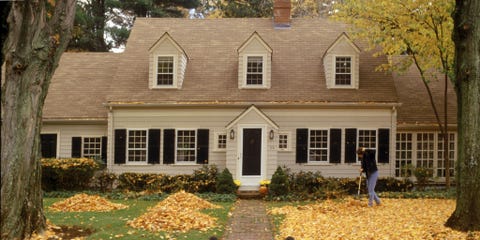
10 Things You Must Do This Fall
Fall is a great time for football, hot apple cider, and preparing your home for the cold weather so you save money and aggravation. While the weather is still relatively warm and the ground is not yet covered with snow, take advantage of autumn to complete some around-the-house projects. These 10 tasks don’t require a lot of time or money, so you can get them all done in a morning or less.
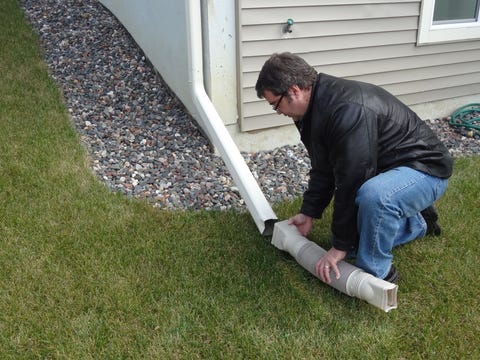
Most homeowners know they need to clean leaves and other debris out of their gutters in the fall. It’s to ensure that water flows correctly to the downspouts, and doesn’t spill over, freeze, and turn your front steps and sidewalk into an ice rink. Overflowing gutters can also result in water running back toward the house, which can leak into the basement.
This fall, take the extra step to channel water away from the house by adding extensions to the end of the downspouts. They cost about$9 at home centers and fit over the downspouts without fasteners.
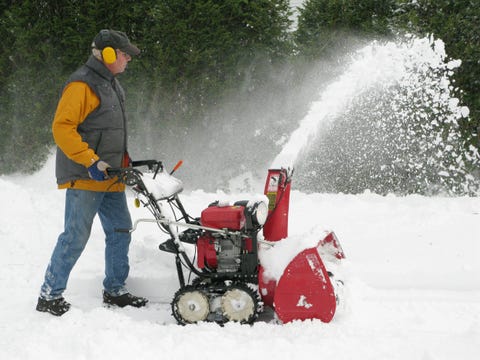
Make sure your snow thrower starts, the tires are inflated, and everything is in working order. If there’s a problem, fix it now—before you have several inches of snow piling up in your driveway. Change the oil if you didn’t change it at the end of last season. Otherwise, check the oil level to make sure it’s good to go. Perform basic maintenance, such as lubricating the snow blower (the owner’s manual will tell you which lubricant to use and where to apply it).
While you’re at it, put your weed trimmer and lawnmower to bed for the winter. Run the engines out of gas, then rinse the weedeater and mower deck clean.
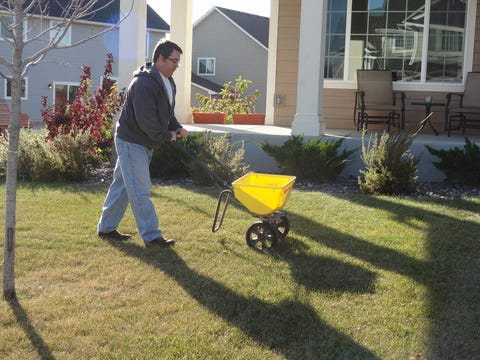
Even though your grass may not be growing right now, its roots are still active. Fertilizing in the fall promotes deep, healthy root growth before the grass goes dormant for the winter. Fertilizing now also helps the lawn turn green faster in the spring because of the nitrogen stored in the roots, and it makes the grass more resistant to disease and drought.
Lawn and garden stores and home improvement centers offer fertilizer that’s specially formulated and specifically labeled for fall applications. It typically contains more nitrogen than fertilizers for other times of the year. Apply the fertilizer after your last mowing of the year, and choose a slow-release granular product that feeds the lawn over a long period of time.
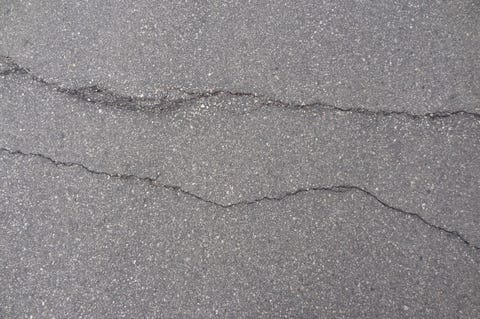
Just as freezing water will expand and burst plumbing lines, H2O that gets into cracks in your sidewalk or driveway will also freeze, expand, and force the crack to open wider. Over the course of a winter, multiple freeze/thaw cycles can turn small spider cracks into large ones, which can eventually cause the concrete or asphalt to crumble or have pieces break off.
To fix a crack, you start by cleaning it out with a wire brush. For cracks wider than about 1/4-inch, insert a foam backer rod or pour in sand until it’s no more 1/4-inch from the top. Then for concrete, fill the crack with a concrete crack sealer or concrete caulk. For asphalt, use an asphalt crack filler or, for larger holes, asphalt patch material. Use a putty knife to work the sealer or filler into the opening and smooth the surface.
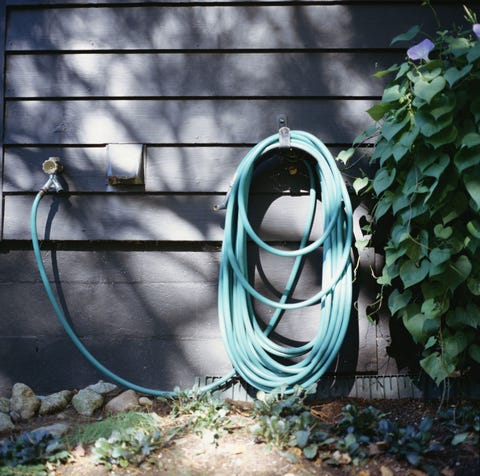
If you don’t do this, you could have an expensive mess on your hands. Water lines exposed to outside temps, including underground irrigation lines and exterior faucets, can freeze. When water freezes, it expands, which can crack the pipes or hose bibs.
So start by turning off the water lines inside your house. The shutoff valves are usually located near the main plumbing line that brings water into the home. Then open the spigots to drain the water in the lines. (If you have to drain your irrigation lines, you’ll need a pro.) Check the faucets on occasion to ensure that water isn’t leaking out. If it is, the shutoff values either aren’t closed all the way, or they’re leaky and need to be replaced.

You need to change the furnace filter monthly to maximize the heating system’s efficiency. The filters trap dust and other airborne particles, and some also catch bacteria and pollen. This can reduce utility bills while also extending the lifespan of the furnace. While replacing the filter is straightforward, a common problem is inserting the new one backwards. Make sure the arrow along the filter edge is pointing toward the furnace blower motor. Installing it backwards decreases the filter’s effectiveness.
If you have an air to air exchanger, or a heat recovery ventilation (HVR) system, make sure it’s turned on for the winter. The exchanger has a couple of fans that bring fresh outside air into the home, warming it up in the process. At the same time, stale indoor air is exhausted outside. The process improves air quality in the home.
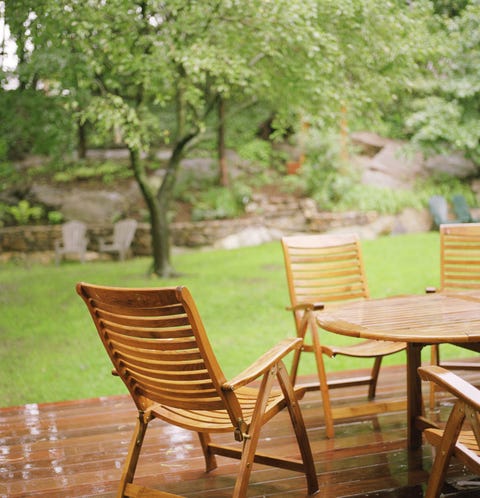
Just because the table and chairs on your patio are labeled for outdoor use doesn’t mean they should be left outdoors all winter. Give them a thorough cleaning before you bring them inside, though. Remove the cushions, then use a dish washing liquid in warm water and a sponge to clean the furniture. Rinse clean with a hose and nozzle. Avoid using a pressure washer, which can cause cracks in wood and force paint off metal.
If you have indoor storage space, place the furniture there for the winter. Otherwise, you’ll have to settle for the garage or shed. Either way, it’s important to keep the furniture out of the elements. Freezing rain or melting snow that gets into wood furniture and freezes can cause the wood to split. Plastic can become brittle and crack. Metal rusts. Cusion that get wet can suffer mold and mildew, so cover them with a tarp.
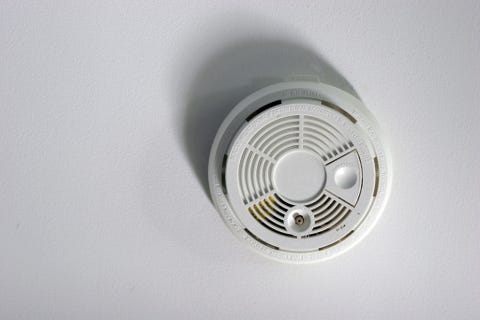
Over the next couple months, you’ll be decorating for the holidays, cooking big family meals, burning logs in your fireplace, probably lighting candles, and maybe setting up a Christmas tree. That means a lot of fun, but it also means increased safety hazards in the house. Be prepared by testing your smoke alarms and carbon monoxide detectors. Also, make sure you have a functioning fire extinguisher. Look for an expiration date on the label and make sure it hasn’t passed. In addition, ensure that the pressure dial is in the green, or charged, area.
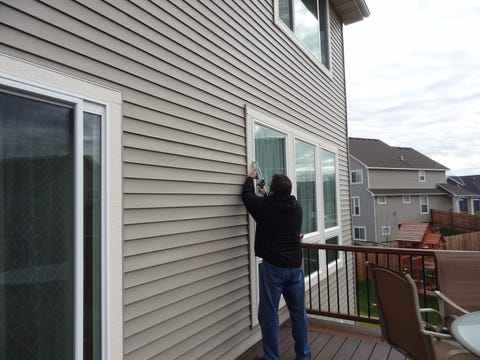
Take a walk around your house and look for places where warm air can escape the house, or drafty air can come inside. Pay particular attention to areas around doors and windows. If the caulk is peeling away, scrape it off, clean the surface, and apply a new bead.
Also, look at areas where plumbing pipes, ducts, or electrical wires are sticking through the siding. Caulk or seal around any gaps you see. Even small gaps can cause noticeable air leaks, which results in higher energy bills. Sealing leaks is one of the most cost-effective projects you can do for your home.
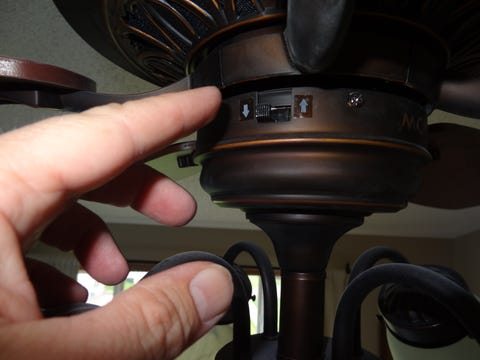
With a simple flip of a switch, you can cut your heating costs by up to 10 percent.
Most ceiling fans have a “reverse” mode that changes the blade direction. Switch from a counter-clockwise rotation, which you use in the summer to create a breeze, to clockwise, which pushes the warm air near the ceiling downward to the living space. You can further reduce your heating bill by turning down the thermostat a degree or two since the fan will be circulating warm air.
